In the given reaction,
OHC−(CH2)3−O∣∣C−CH3ΘOH/Δ−−−−→(X)'
the major product 'X' will be
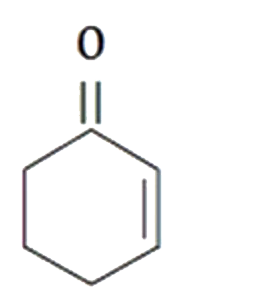
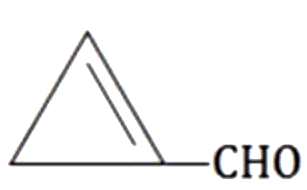
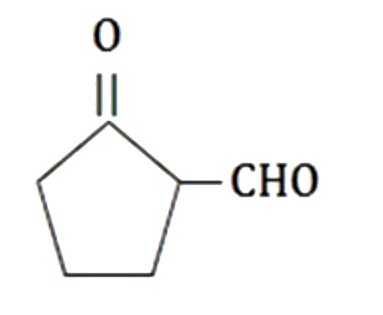
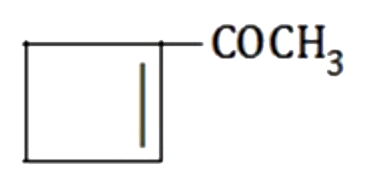
The correct Answer is:A
To solve the given reaction step by step, we need to analyze the structure and the reaction conditions provided. The reaction involves a carbonyl compound with hydroxide ion (OH-) as a base, and we are looking for the major product 'X'.
Step 1: Identify the Structure
The compound given is:
OHC-(CH2)3−C=O-CH3
This structure includes an aldehyde (OHC-) and a ketone (C=O) functional group.
Step 2: Identify the Alpha Protons
In this compound, the alpha protons are located on the carbon atoms adjacent to the carbonyl groups. We have two potential alpha positions:
1. The carbon adjacent to the aldehyde (CHO).
2. The carbon adjacent to the ketone (C=O).
Step 3: Deprotonation by OH-
When OH- acts as a base, it can deprotonate one of the alpha protons. Let's denote the alpha carbon next to the aldehyde as alpha (α) and the one next to the ketone as alpha dash (α').
Step 4: Formation of Enolate Ion
If we deprotonate the alpha carbon (α), we form an enolate ion:
OHC-(CH2)3−C=O-CH3→OHC-(CH2)3−C=O-CH−3
This enolate ion can then attack the carbonyl carbon of the ketone.
Step 5: Nucleophilic Attack
The enolate ion will attack the carbonyl carbon of the ketone, leading to the formation of a cyclic intermediate. The nucleophilic attack will lead to the formation of a six-membered ring due to the stability of larger rings compared to smaller ones.
Step 6: Cyclization
The nucleophilic attack results in a six-membered ring structure, which is more stable than a four-membered ring. The structure will look like this:
Cyclic structure with a ketone and an aldehyde
Step 7: Proton Transfer and Dehydration
After the formation of the cyclic intermediate, a proton transfer occurs, followed by dehydration (loss of water) to form a double bond, resulting in the alkene product.
Step 8: Identify the Major Product
The major product 'X' is a stable alkene formed from the dehydration of the cyclic intermediate. The major product will be the one that is more stable due to the absence of strain, which is the product formed from the six-membered ring.
Final Answer
The major product 'X' will be:
Option A (the specific structure of the alkene product).
---
The compound given is:
OHC-(CH2)3−C=O-CH3
This structure includes an aldehyde (OHC-) and a ketone (C=O) functional group.
In this compound, the alpha protons are located on the carbon atoms adjacent to the carbonyl groups. We have two potential alpha positions:
1. The carbon adjacent to the aldehyde (CHO).
2. The carbon adjacent to the ketone (C=O).
When OH- acts as a base, it can deprotonate one of the alpha protons. Let's denote the alpha carbon next to the aldehyde as alpha (α) and the one next to the ketone as alpha dash (α').
If we deprotonate the alpha carbon (α), we form an enolate ion:
OHC-(CH2)3−C=O-CH3→OHC-(CH2)3−C=O-CH−3
This enolate ion can then attack the carbonyl carbon of the ketone.
The enolate ion will attack the carbonyl carbon of the ketone, leading to the formation of a cyclic intermediate. The nucleophilic attack will lead to the formation of a six-membered ring due to the stability of larger rings compared to smaller ones.
The nucleophilic attack results in a six-membered ring structure, which is more stable than a four-membered ring. The structure will look like this:
Cyclic structure with a ketone and an aldehyde
After the formation of the cyclic intermediate, a proton transfer occurs, followed by dehydration (loss of water) to form a double bond, resulting in the alkene product.
The major product 'X' is a stable alkene formed from the dehydration of the cyclic intermediate. The major product will be the one that is more stable due to the absence of strain, which is the product formed from the six-membered ring.
The major product 'X' will be:
Option A (the specific structure of the alkene product).
Topper's Solved these Questions
Similar Questions
Knowledge Check
H3C−Ch2−O∣∣C−Ch3ΘOD/D2O−−−−−→ Final product is :
AH3C−CD2−O∣∣C−CH3BCH3−CH2−O∣∣C−CD3CD3C−CD2−O∣∣C−CD3DCH3−CD2−O∣∣C−CD3In the given reaction [C6H5−CH2−CH2−⊕N(CH3)2−CH2−CH3]ΘOHΔ−−→ (X) as major product will be
AC6H5−CH=CH2BCH2=CH2CC6H5−CH=CH−CH3DCH3−CH=CH−CH3H2N−O∣∣C−CH2−CH2−O∣∣C−N3Δ−−→P
P is :A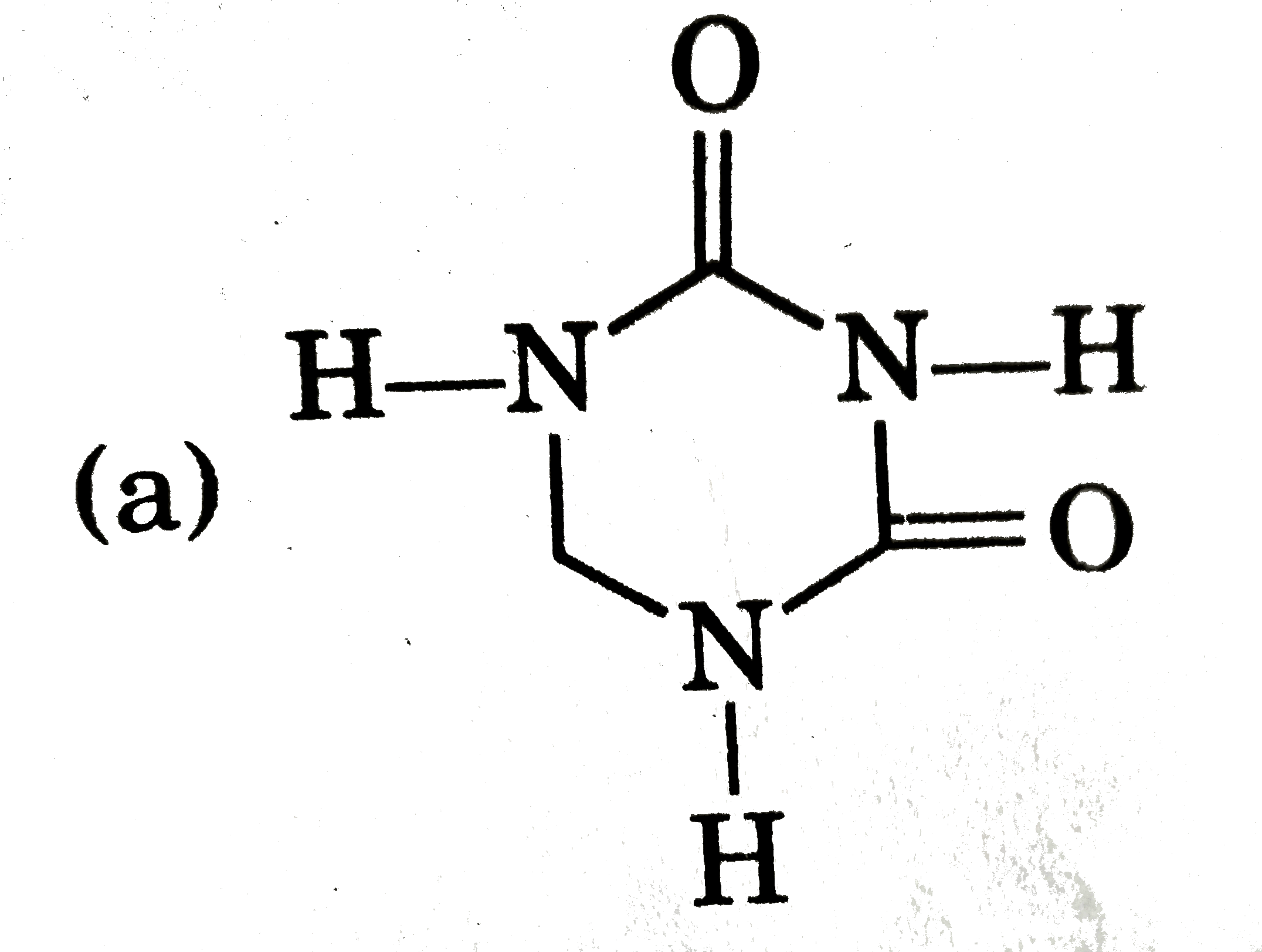 B
B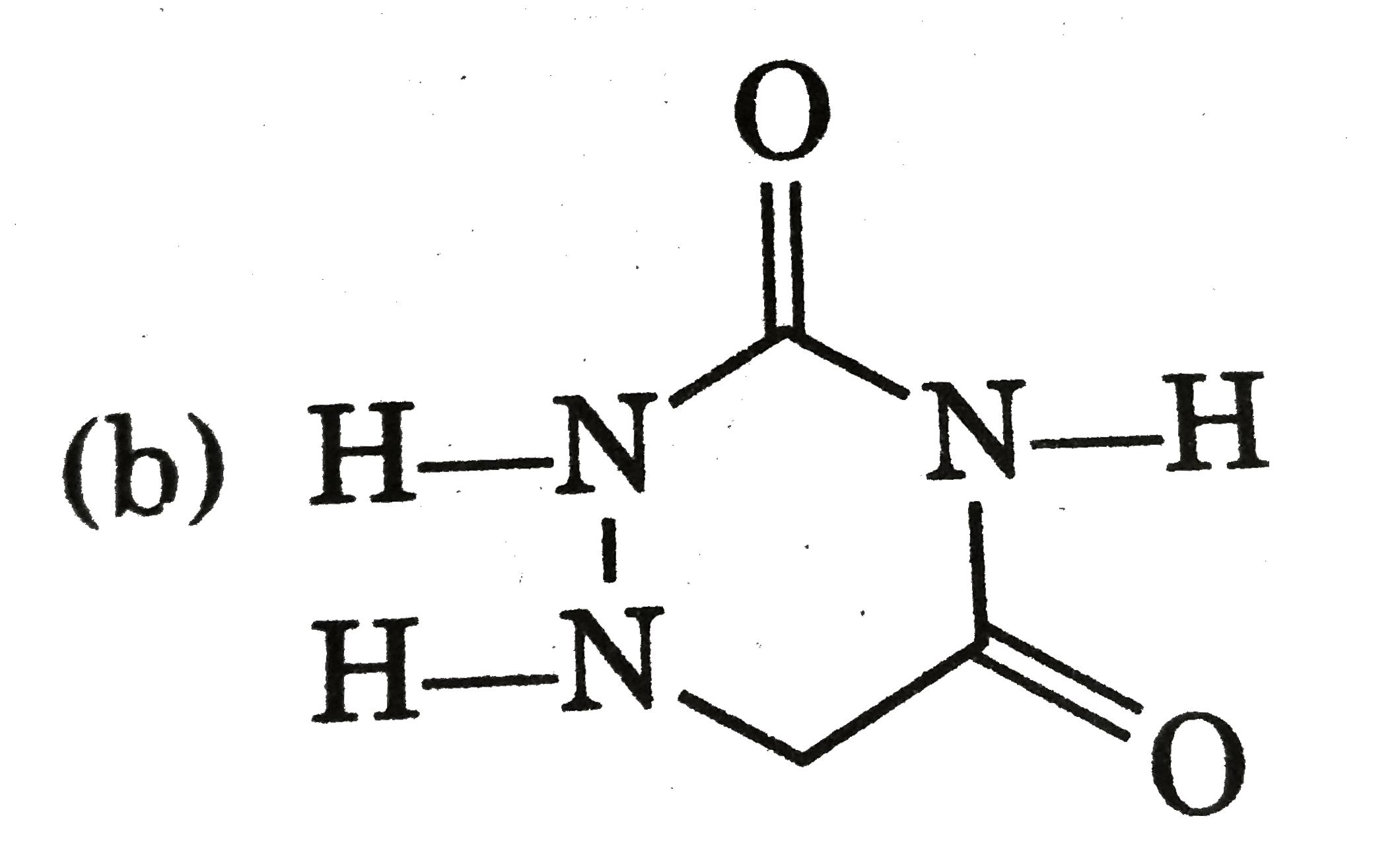 C
C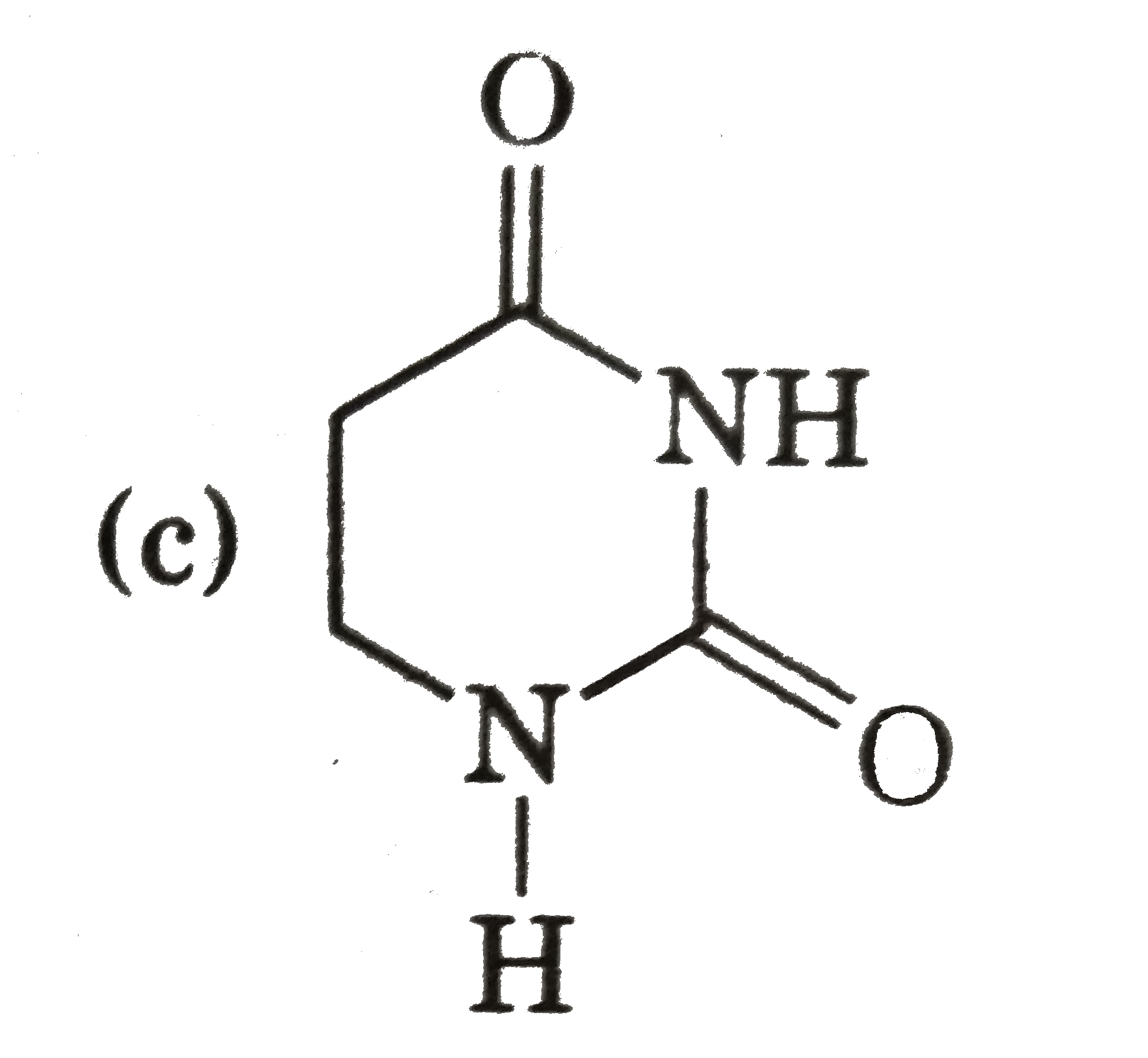 D
D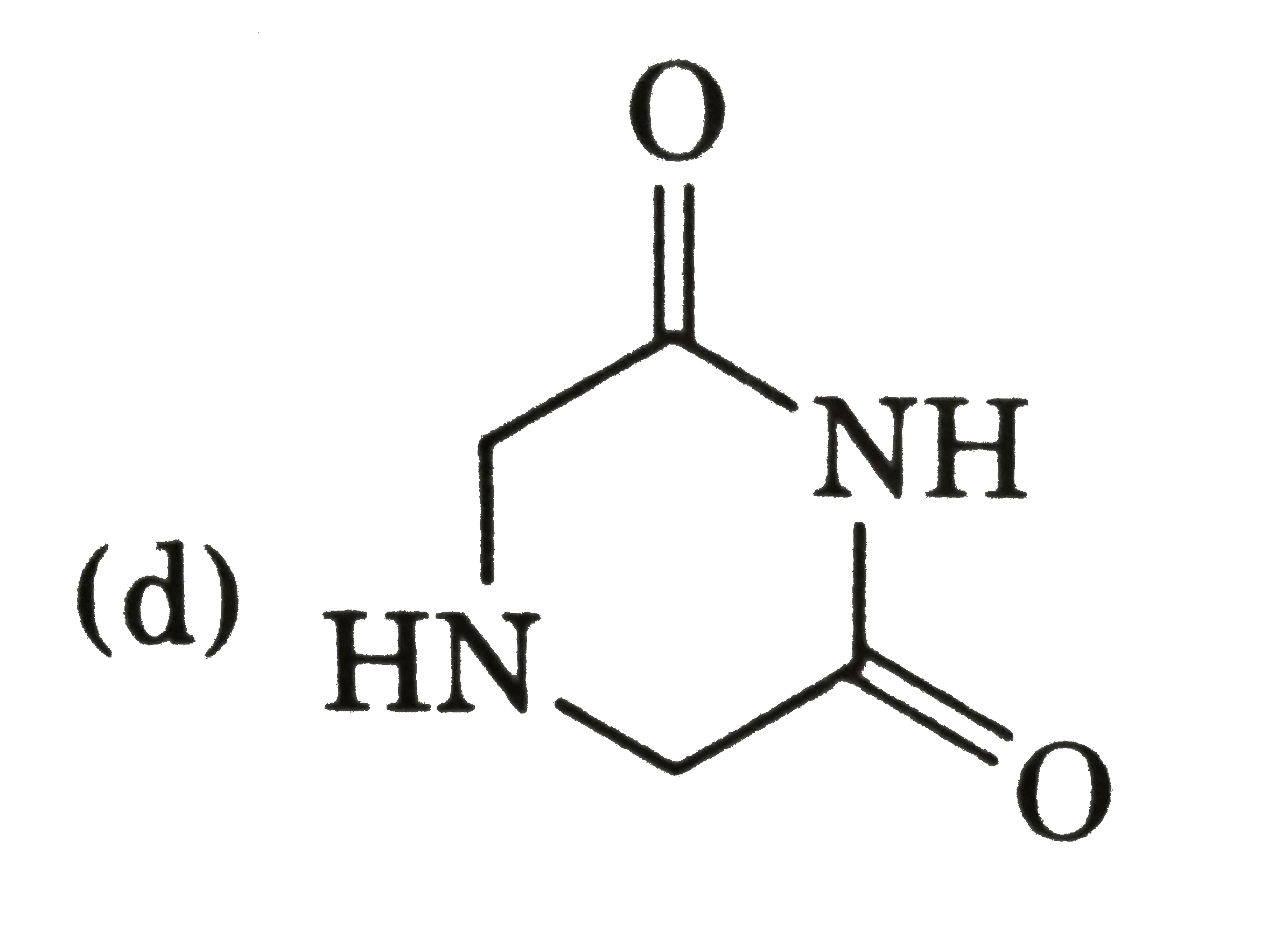
Major product of given reaction is -
O2N−CH2−C∣ClH−CH3ΘOH−−→Δ Major product
View SolutionIn the given reaction,
CH3−CH∣CH3−O∣∣C−CH2−CH3CF3CO3H−−−−−→(X)
as main product, 'X' will be
View SolutionIn the given reaction ,
CH3−O∣∣C−C2H5[x]−−→CH3−CH2−C2H5
X will be :
View SolutionIn the reaction
2CH3C∣∣OCH3Base−−→AΔ−−→B the product B is :
View SolutionCH3CH2−O∣∣C−CH3NaNO2−−−−−→HCl , Major product of this reaction is :
View Solution